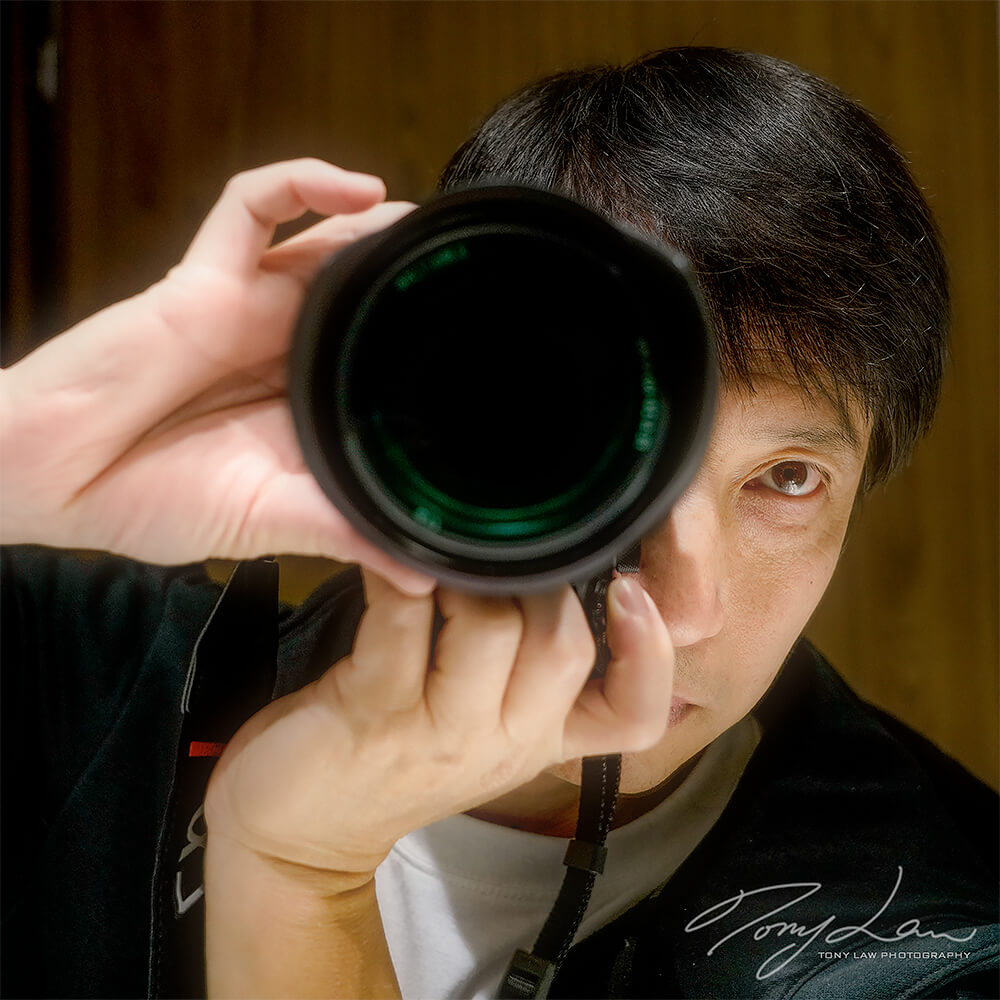Tony Law is a professional designer and photographer. He has a studio, mainly focussed on interior design, graphic design, architectural illustration and photography.
He was born and raised in Guangzhou, China. He studied in Guangzhou Academy of Fine Arts. majoring in Industrial Design. In the early 1990s, he came to Australia for further study, settled in Sydney, and has been living there ever since.
He was interested in art and photography when he was a child. After joining the "Chinese Photographic Society of Australia Inc." in 2011, he began his photography journey. Later in 2012, he and some local landscape photographers formed the "Australian Seascape Photography Group"". He has great interest in shooting a wide range of subjects, exploring different styles and techniques. In recent years, though, he has mainly focused on shooting sports, seascape and astrophotography.
His works have been published in magazines and he has won many prominent international photography awards. His main achievements are:
The Finalist of All About Photo Awards 2020.
Top 101 International Landscape Photographs of the Year 2019
First Place in Astrophotography Category, Sony Alpha Awards 2019.
First Place in Night Category, Australian Travel Photography Awards 2019.
Sports Photographer of the Year, International Photography Awards 2019.
2nd Place in Nature, Astrophotography Category, International Photography Awards 2019.
2nd Award in Photojournalism Category, 2019 Xposure International Photography & Film Contest.
3th Place in People Category, The Mono Awards 2019.
Top 3 in Editorial Category, Sony Alpha Awards 2018.
Silver Award in Amateur Category, The EPSON International Pano Awards 2017.
Runner Up Award in Theme Passion Category, 2017 Heritage Bank Photographic Awards.
2nd Place of 2017 GAILCK creates visual landscape photography award.
Silver Award of 2016 The Real Australia Landscape Photo Awards
Artist statement
I am attracted by wild and brutal power of extreme sports; I am amazed by the magical power of nature. I often work tirelessly to explore and discover new places. The long coastline of Sydney is where I go for inspiration, finding the fine balance between light and shadow, from sunrise to sunset, watching the stars of the Milky Way emerge from the horizon. Photography makes me forget myself and brings me endless happiness, and it will always fascinate me.
